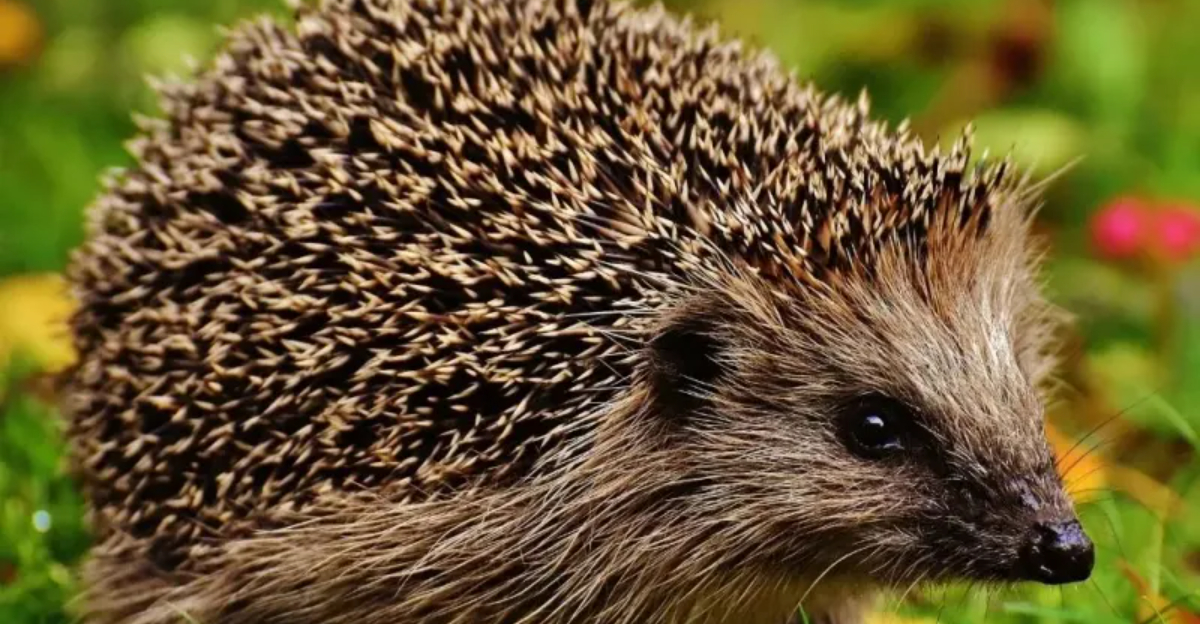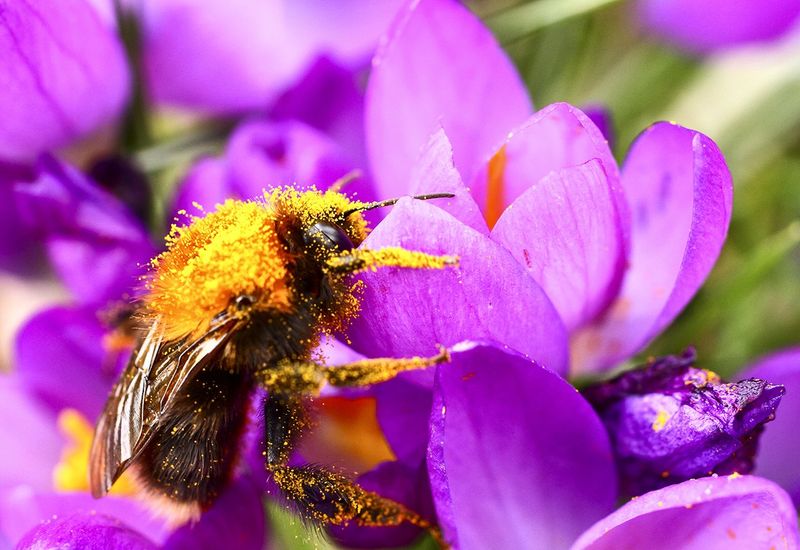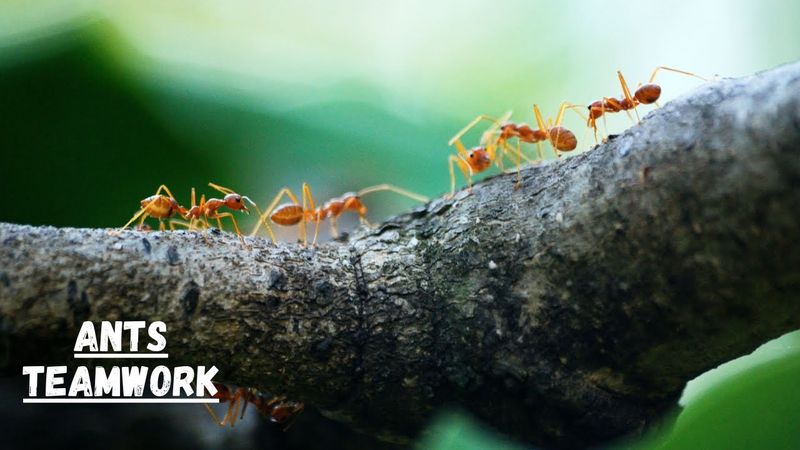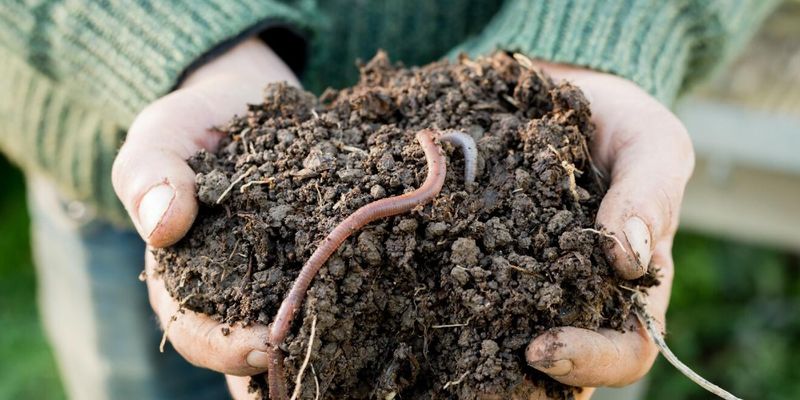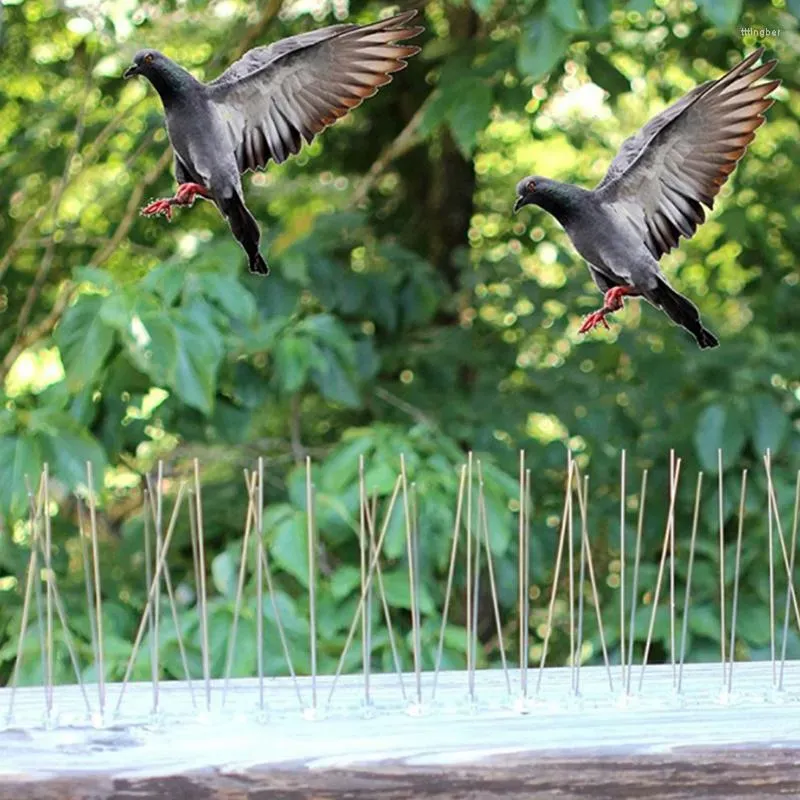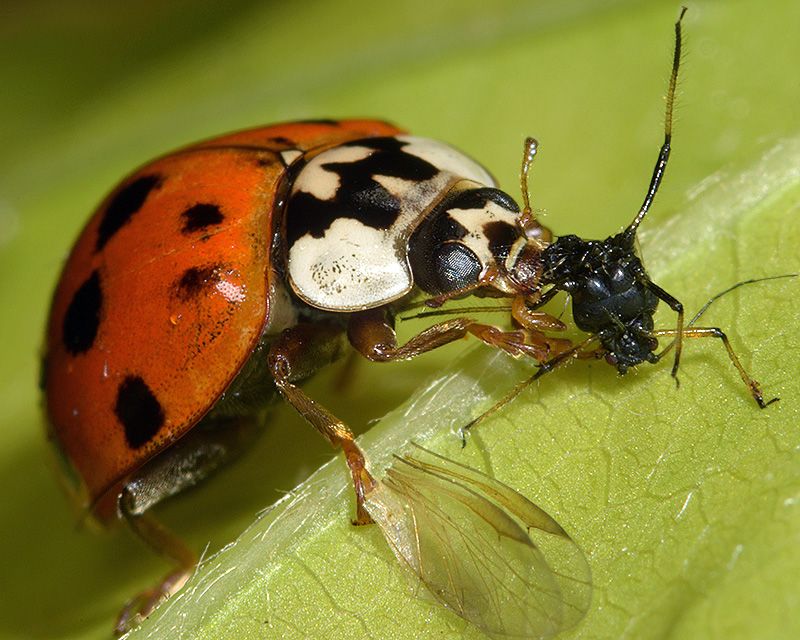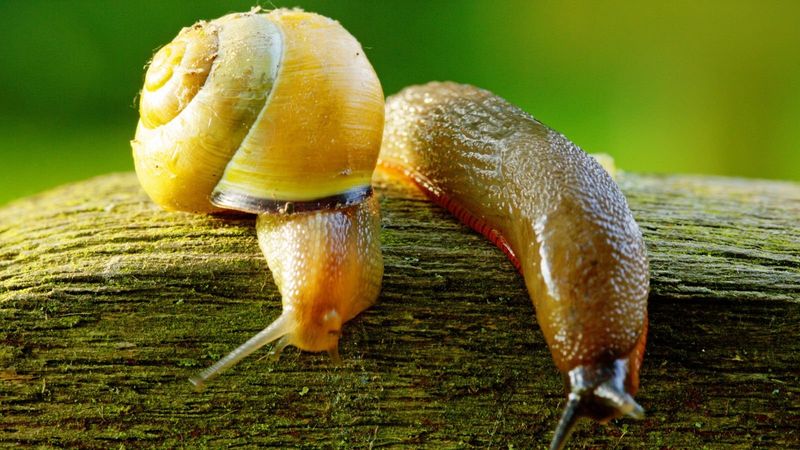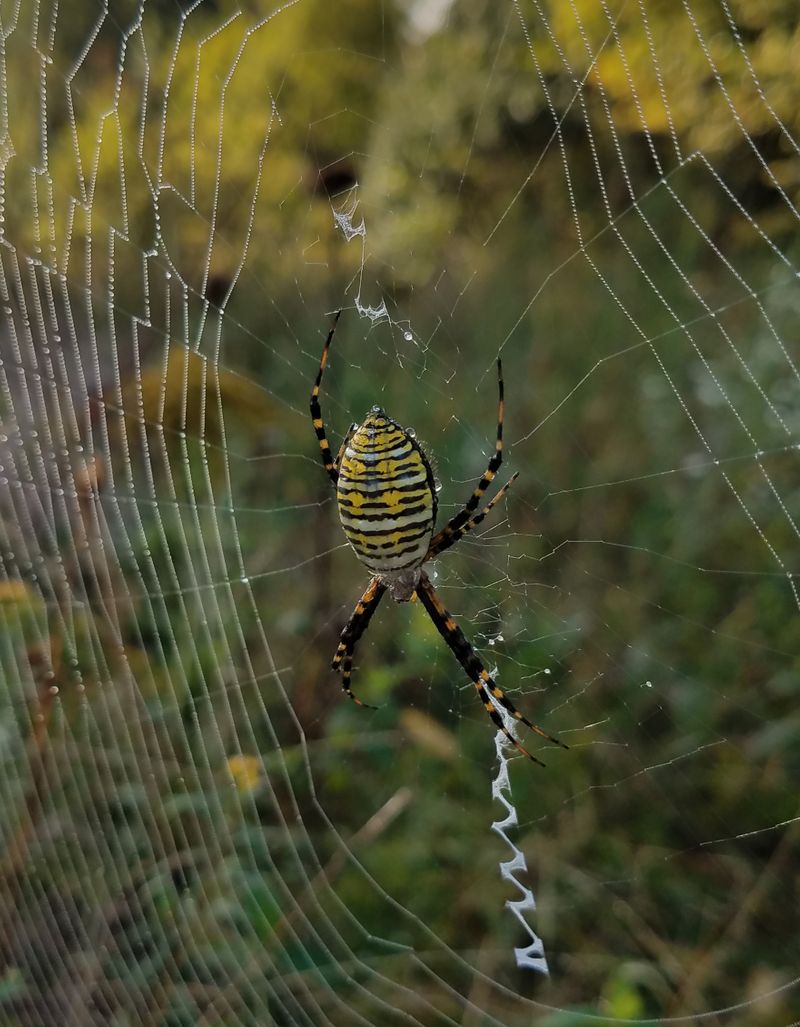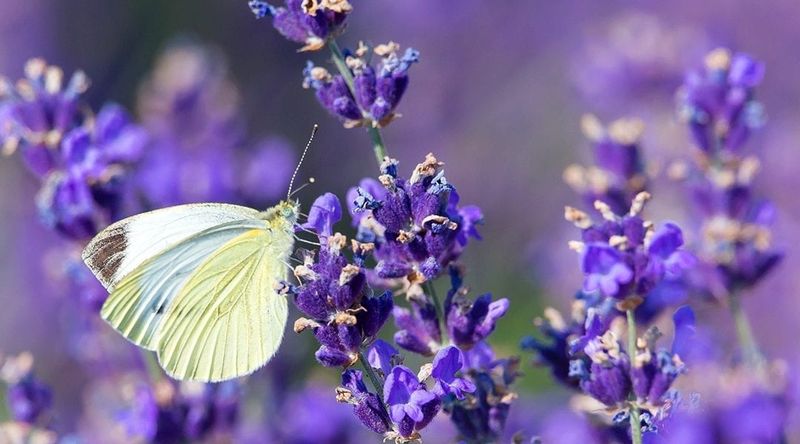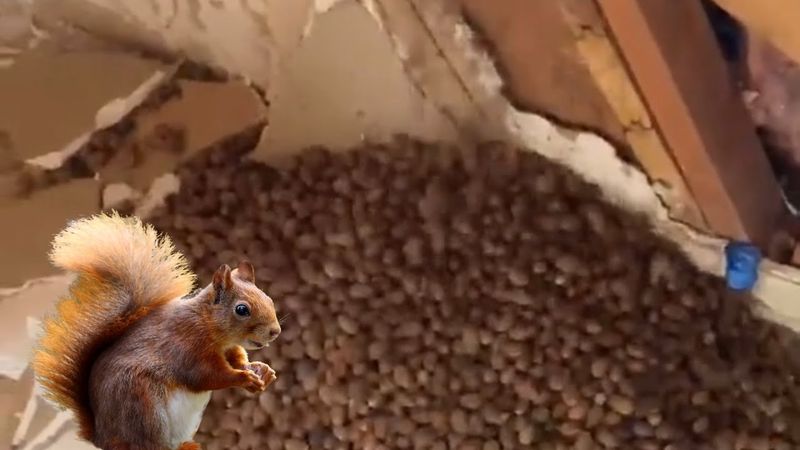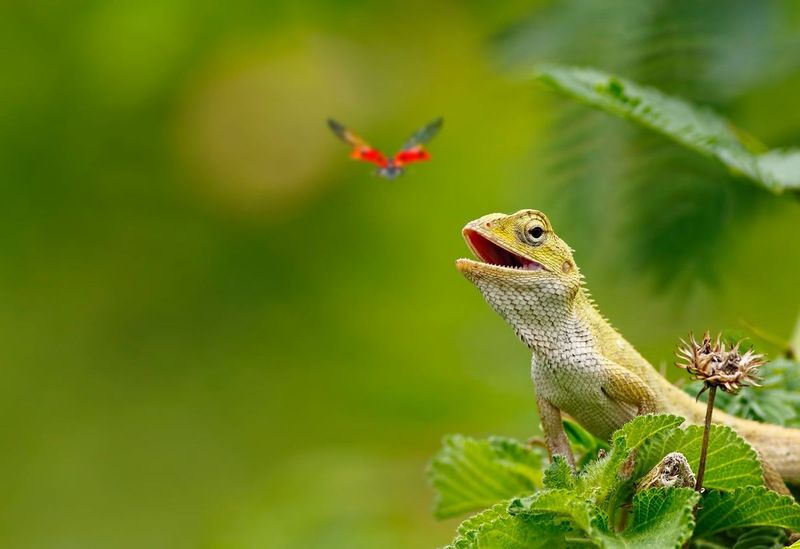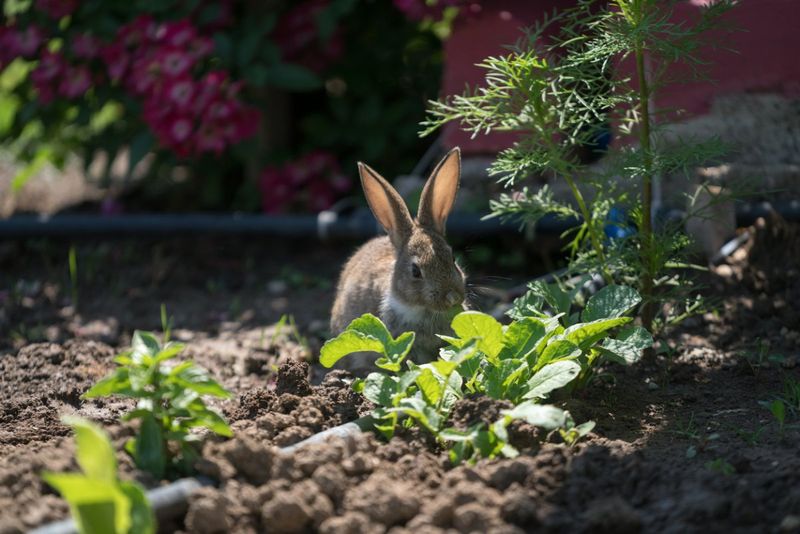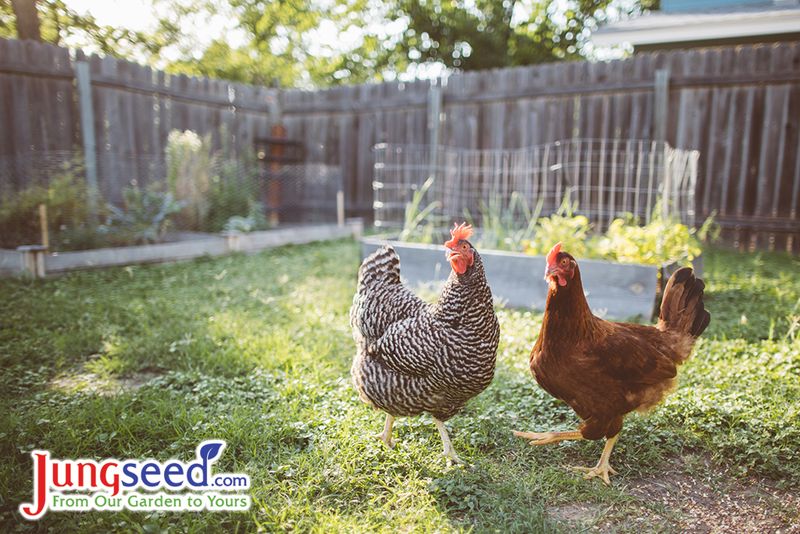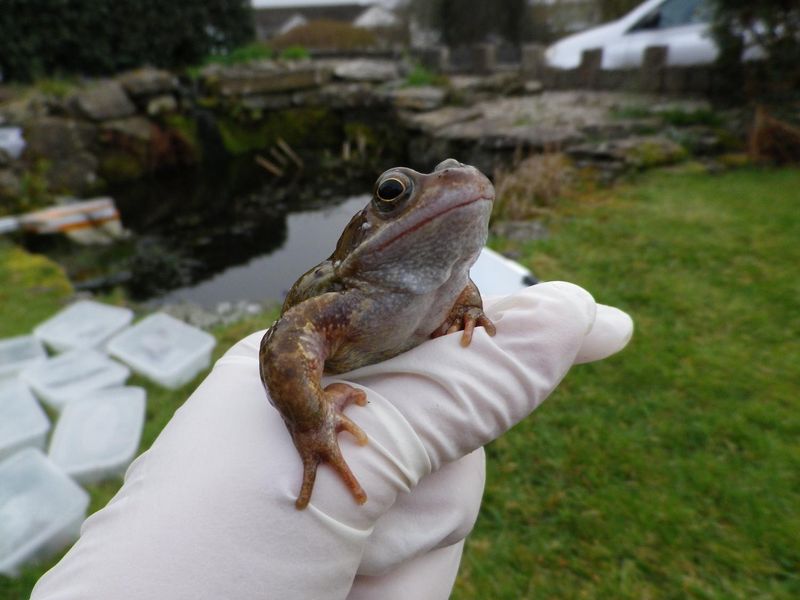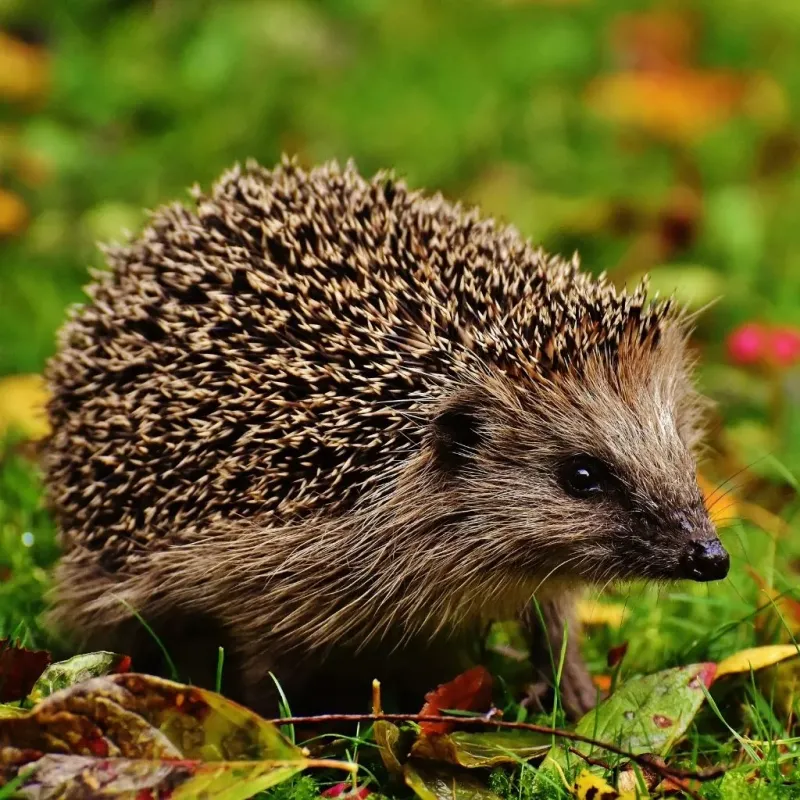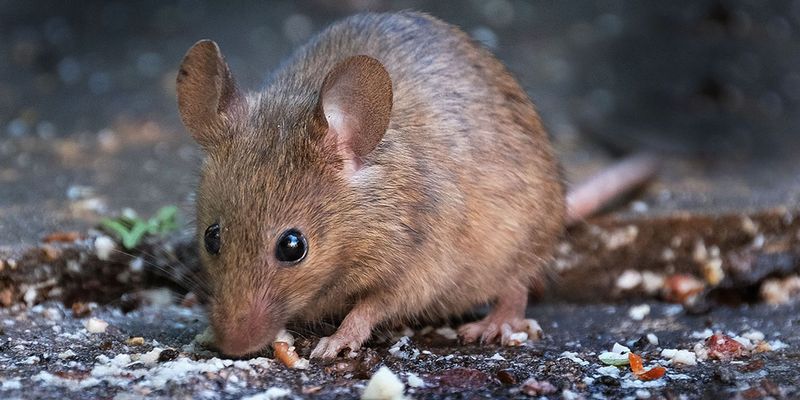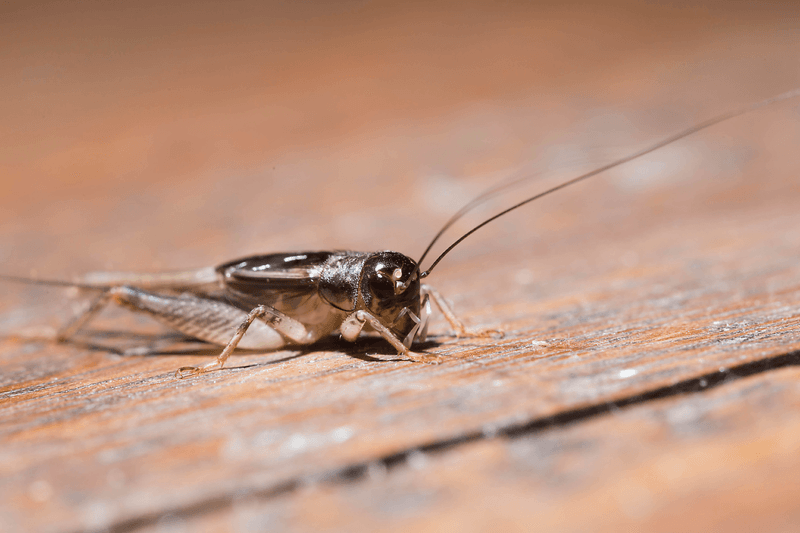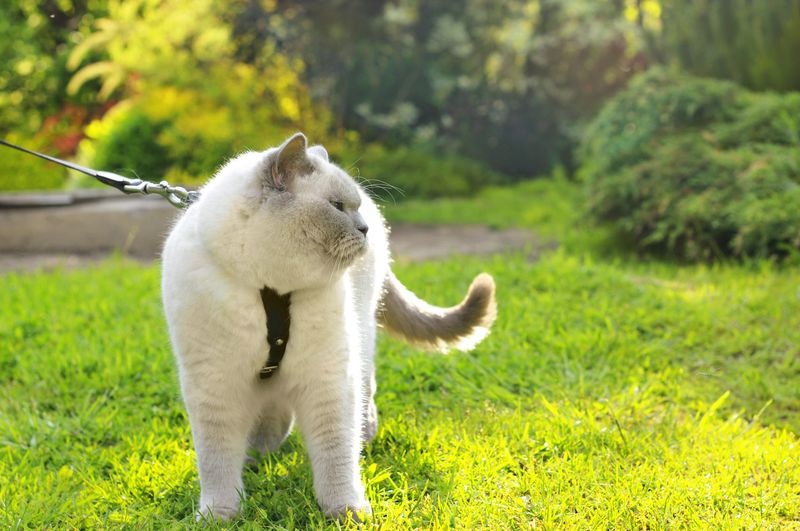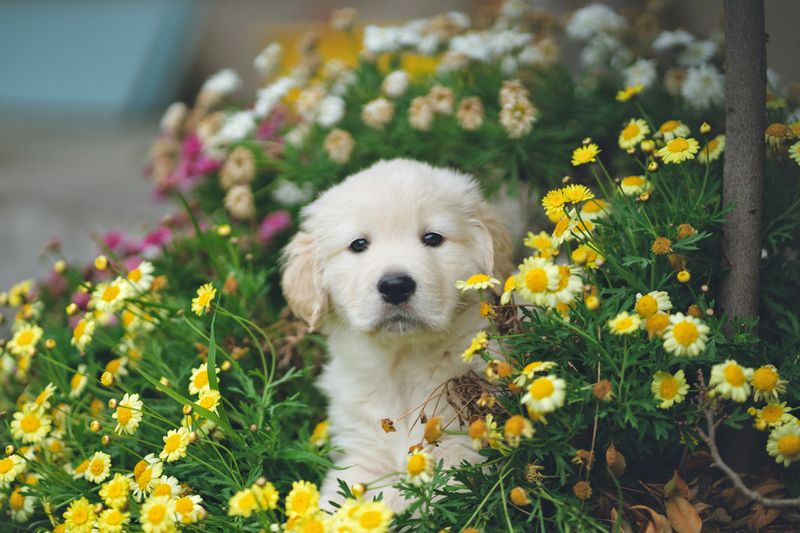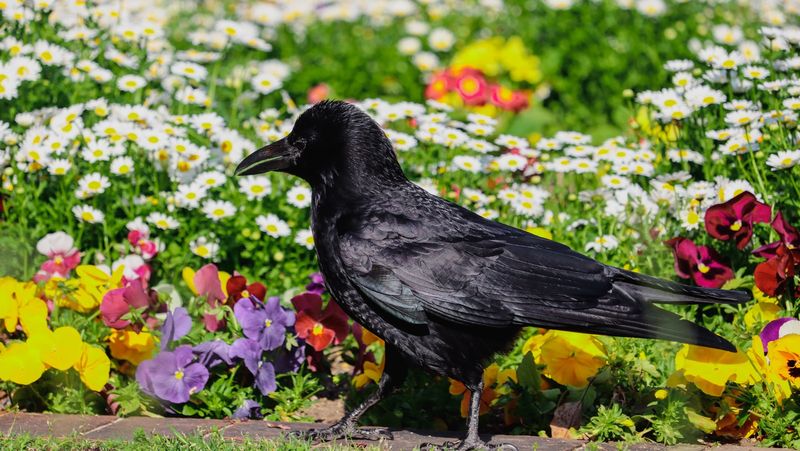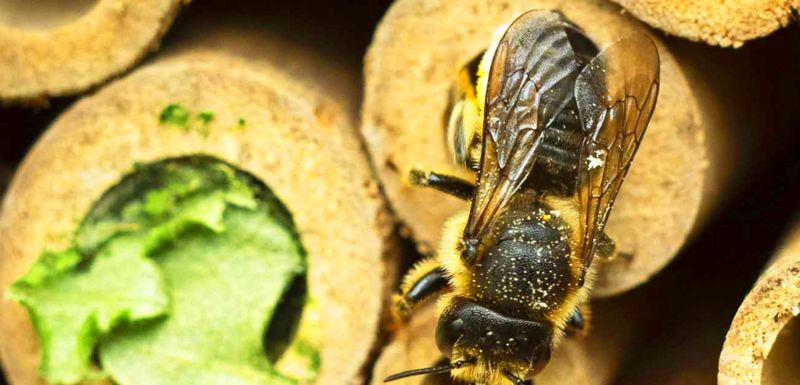In the world of gardening, nature’s creatures are not just visitors; they are invaluable teachers. Observing animals in our backyards offers a unique perspective on creating thriving gardens.
Each animal, from bees to birds, brings a lesson in sustainability, cooperation, and eco-friendly practices. By understanding these lessons, gardeners can cultivate spaces that are not only beautiful but also harmonious with nature.
This blog post explores twenty such lessons, drawing wisdom from our animal allies to enhance our gardening practices. Journey with us as we delve into the wild wisdom waiting in our own backyards.
1. Bees – Pollinate with Purpose
Bees are among the most industrious creatures in a garden. Their role as pollinators is crucial, helping to increase the yield of fruits and vegetables. Planting a variety of nectar-rich flowers such as sunflowers, lavender, and coneflowers will attract these buzzing helpers.
Bees are attracted to bright colors and sweet scents, so a diverse flower bed is a welcoming invitation. However, remember to avoid pesticides that can harm them.
By creating a bee-friendly environment, gardeners not only support biodiversity but also ensure a bountiful harvest. Simple actions can make a big impact.
2. Ants – Work Together Efficiently
Ants demonstrate the power of teamwork; their ability to work together ensures the colony’s success. Each ant has a role, from foraging to defending the nest, reminding us that organizing tasks and collaborating can lead to impressive results.
In the garden, ants help aerate the soil, allowing air and water to reach plant roots. While they can sometimes be a nuisance, they also control pest populations by preying on larvae and eggs.
Encouraging ants to stay in their designated areas of the garden can be beneficial, fostering a healthy ecosystem.
3. Earthworms – Build Better Soil
Earthworms are nature’s original gardeners, tirelessly working to improve soil health. As they burrow, they aerate the soil, enhancing its structure and drainage. Their waste products, known as castings, are rich in nutrients that promote plant growth.
By attracting earthworms, gardeners can reduce the need for chemical fertilizers. Composting and allowing organic matter to decompose naturally will invite these creatures.
Observing earthworms in your garden is a sign of a healthy ecosystem and robust soil. Their quiet labor beneath the surface is a key to a thriving garden.
4. Birds – Natural Pest Control
Gardens that attract birds enjoy the benefit of natural pest control. Birds consume a wide range of insects, from aphids to caterpillars, helping to keep pest populations in check.
Creating a bird-friendly garden involves providing water sources, nesting sites, and a variety of plants that produce seeds and berries. Birds also add a sense of liveliness and sound to the garden, making it a peaceful retreat.
They play a vital role in maintaining ecological balance, proving that inviting them into the garden is both beneficial and enjoyable.
5. Ladybugs – Tiny Pest-Fighting Heroes
Ladybugs are known for their remarkable ability to control pest populations, particularly aphids. These tiny heroes can consume up to 5,000 aphids in their lifetime, making them invaluable allies in organic gardening.
To attract ladybugs, plant dill, fennel, and yarrow, as these plants provide both food and habitat. Ladybugs prefer gardens free of chemical pesticides, so maintaining an eco-friendly environment enhances their presence.
Their vibrant colors and gentle nature also add charm to the garden, proving that beauty and utility can coexist harmoniously.
6. Snails and Slugs – Moisture Managers
Snails and slugs often appear in gardens with excess moisture, signaling areas that may require better drainage. While they can be pests, their presence is a clue to evaluate watering habits.
Consider utilizing mulch and improving soil drainage to manage moisture effectively. Creating barriers with crushed eggshells or copper tape can deter them without harming other wildlife.
Snails and slugs also play a role in breaking down organic matter, contributing to soil health. Understanding their behavior helps gardeners maintain a balanced and thriving garden environment.
7. Spiders – Keep Pest Populations in Check
Spiders might seem intimidating, but they are essential to keeping pest populations under control. By weaving intricate webs, they capture and consume flies, mosquitoes, and other unwanted insects.
Gardens with a healthy spider population indicate a balanced ecosystem. To encourage spiders, plant tall grasses and shrubs that provide shelter and hunting grounds. Avoid using pesticides that harm these beneficial creatures.
Embracing spiders in the garden enhances its natural defense system, reducing the need for chemical interventions. Their presence is a sign of a thriving, balanced garden.
8. Butterflies – Pollinate and Beautify
Butterflies are not only a visual delight but also important pollinators in the garden. Their presence signifies a well-balanced ecosystem. Planting nectar-rich flowers like buddleia, asters, and milkweed will attract these graceful visitors.
Butterflies need sunny spots to bask, so creating sunlit areas will encourage them to stay. While they flit from flower to flower, they inadvertently transfer pollen, supporting plant reproduction.
Gardens that cater to butterflies are both functional and beautiful, offering a habitat for these delicate creatures and enhancing biodiversity.
9. Squirrels – Be Prepared (But Not Too Much)
Squirrels are nature’s planners, constantly gathering and storing food for future use. Their behavior teaches gardeners the importance of preparation and planning. However, squirrels sometimes forget their stashes, leading to unexpected plantings.
This reminds us not to over-prepare, avoiding clutter and waste. To manage squirrel activity, provide them with specific feeding areas, distracting them from garden beds.
While they can be mischievous, their antics add life to the garden, encouraging us to find joy and balance in our gardening efforts. Their playful nature is a reminder to plan wisely.
10. Lizards – Silent Pest Patrol
Lizards are quiet guardians of the garden, consuming a variety of pests including ants, beetles, and flies. Their presence indicates a healthy garden ecosystem. To attract lizards, create a habitat with rocks, logs, and sunny spots.
These reptiles need warmth to thrive, so positioning stones in sunlit areas encourages them to stay. Lizards are harmless to plants and contribute to natural pest control without disrupting the garden’s balance.
Observing them in action is not only fascinating but also a sign of a garden in harmony with nature.
11. Rabbits – Love Tender Greens
Rabbits are drawn to gardens with lush, healthy greens. Their presence, though sometimes frustrating, signals that plants are thriving. Protecting crops from rabbits can be done with fencing or natural deterrents like garlic or chili pepper sprays.
While they nibble on tender plants, rabbits also encourage gardeners to maintain vibrant and nutritious gardens. Observing their habits can inform better planting strategies, leading to more resilient crops.
Though they require management, rabbits remind us that healthy gardens attract life, fostering a thriving ecosystem.
12. Chickens – Turn Waste into Gold
Chickens are invaluable in transforming garden waste into rich compost. They consume kitchen scraps and produce nutrient-rich manure, enhancing soil fertility. Allowing chickens to roam in designated garden areas helps control pests like slugs and weeds.
Their constant scratching and pecking aerate the soil, promoting healthy plant growth. Raising chickens requires care and planning, but their benefits are manifold. They offer fresh eggs and contribute to a self-sustaining garden ecosystem.
With proper management, chickens become active participants in the garden, transforming waste into valuable resources.
13. Frogs and Toads – Moisture Indicators
Frogs and toads are excellent indicators of a garden’s moisture levels. Their presence often means the environment is balanced and healthy. To attract these amphibians, create water features like ponds or fountains.
They consume insects, providing natural pest control. Frogs and toads are sensitive to pollution, so a thriving amphibian population suggests a clean, chemical-free garden. Observing these creatures hopping around is a joy, adding life to the garden.
By fostering an inviting habitat, gardeners can enjoy the benefits of these helpful, natural allies.
14. Hedgehogs – Natural Pest Control
In regions where hedgehogs thrive, they offer a natural solution to controlling pests like slugs and snails. These nocturnal creatures roam gardens at night, consuming a variety of garden nuisances.
To encourage hedgehogs, provide hedges and bushes for shelter, and avoid using slug pellets that can harm them. Creating a hedgehog-friendly environment contributes to biodiversity and reduces the need for chemical pest control.
Observing these charming animals in the garden is a delight, their presence a testament to harmonious living with nature.
15. Mice – Keep It Clean
Mice in the garden serve as a reminder to maintain cleanliness and order. Their presence often indicates an abundance of food sources like fallen fruit or unsecured compost.
Regularly collecting fallen produce and ensuring compost bins are secure can reduce mouse activity. While they can be pests, mice also play a role in the ecosystem, dispersing seeds and aerating the soil.
By managing their presence through tidiness and natural deterrents, gardeners can create a balanced environment that minimizes damage while encouraging ecological health.
16. Crickets – Sign of a Living Garden
Crickets are often heard more than seen, their chirping a soundtrack to a living garden. Their presence indicates healthy, undisturbed soil, as they thrive in organic-rich environments.
While they may nibble on some plants, crickets also help decompose organic matter, contributing to soil health. Observing crickets hopping about suggests a garden teeming with life and biodiversity.
To maintain this, gardeners should focus on organic practices, fostering a welcoming habitat. Crickets remind us of the hidden activities that sustain a garden’s vitality, emphasizing the importance of soil care.
17. Cats – Unofficial Rodent Patrol
Outdoor cats can be surprisingly effective at controlling rodent populations like mice and voles in garden areas. Their presence deters these pests, especially around storage and compost areas.
However, balance is key, as cats can also threaten local wildlife. Providing bell collars can help reduce their impact on birds. Cats add character to the garden, their curiosity and agility a joy to watch.
By understanding their role, gardeners can harness their natural hunting instincts while ensuring a safe environment for all wildlife.
18. Dogs – Keep Larger Pests Away
Dogs serve as guardians of the garden, deterring larger pests such as deer and raccoons. Their presence alone can be enough to keep these animals at bay, protecting plants and crops.
Training dogs to respect garden boundaries ensures they contribute positively without causing disturbances. Dogs bring energy and companionship to the garden, their antics often providing entertainment.
As protectors, they help maintain the garden’s integrity, allowing plants to flourish without the threat of larger animal interference. Embracing dogs in the garden adds security and joy.
19. Crows and Jays – Harvest Reminders
Crows and jays are intelligent birds known for testing fruit crops, often before they’re ripe. Their early interest in fruits serves as a reminder to monitor and harvest produce at its peak.
By using nets or scare tactics, gardeners can protect their crops while coexisting with these smart birds. Crows and jays add dynamism to the garden with their keen observations and interactions.
Observing their behaviors fosters awareness and timely action, ensuring a bountiful harvest. Their presence underscores the garden’s vitality and the importance of vigilance.
20. Solitary Bees and Hoverflies – Unsung Pollinators
Solitary bees and hoverflies are often overlooked but play a significant role in pollination. Unlike social bees, solitary bees do not live in colonies but are efficient pollinators.
Hoverflies, with their wasp-like appearance, deceive predators while aiding in pollination. To attract them, plant a diverse array of flowers, creating a continuous bloom.
Avoid pesticides to protect these beneficial insects. Their presence supports plant diversity and productivity, proving that even the smallest creatures can have a big impact. Encouraging these pollinators enhances garden health and resilience.
